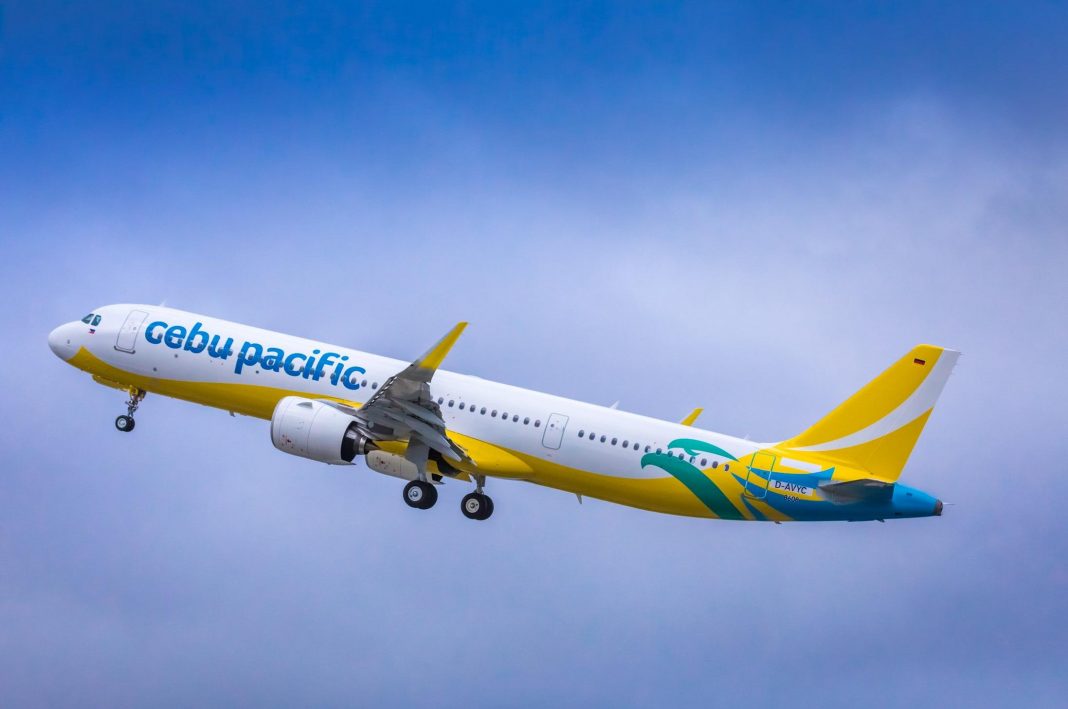Cebu Pacific Air is outpacing all other major carriers in Southeast Asia with the fastest year-on-year growth among the region’s top 10 airlines. According to OAG data, the airline has expanded its seat capacity by 25% compared to April 2024—adding approximately 455,000 seats.
AirAsia maintains its position as Southeast Asia’s largest airline with 2.83 million seats this month. Lion Air ranks second with 2.69 million seats, trailing AirAsia by 141,000. However, Lion Air has seen a significant capacity decline of 11.4% year-on-year. Malaysia Airlines also posted a slight drop in capacity, down 1.2% from April 2024.
Across the region, total airline capacity has grown by 5.1% year-on-year, reaching 39.4 million seats in April 2025. International capacity is expanding at a faster pace than domestic, growing by 8.7% compared to domestic growth of 2.6%. Currently, domestic flights account for 57% of Southeast Asia’s total seat capacity, with international routes making up the remaining 43%.
Market Highlights:
-
Indonesia remains the region’s largest market despite a 6.3% reduction in capacity, now offering 10.4 million seats.
-
Thailand is the second-largest market, growing 8.9% year-on-year to reach 7.6 million seats—an increase of 620,000.
-
Vietnam shows the largest absolute increase in capacity, adding 642,000 seats—a 12% rise over April 2024.
-
Timor-Leste, though a small market, leads in percentage growth with a 26% increase in capacity.
Airport Performance:
Singapore Changi remains Southeast Asia’s busiest airport with 3.5 million seats, reflecting a 5.7% increase from the previous year. Kuala Lumpur and Bangkok Suvarnabhumi follow closely with 3.2 million seats each.
Among the region’s top 10 airports, Bangkok Don Mueang shows the fastest growth, up 11% year-on-year. In contrast, Jakarta Soekarno-Hatta and Makassar recorded capacity declines of 2.7% and 0.4% respectively.




